Since the creation of the basic linear barcode more than 70 years ago, a lot has happened.
Nowadays, there are many various type of barcodes and practically infinite uses for them.
It's also something that many of us have probably not given much thought to. That is why we've created this post.
To learn about all the different barcode formats, don't miss out on any parts of this article!
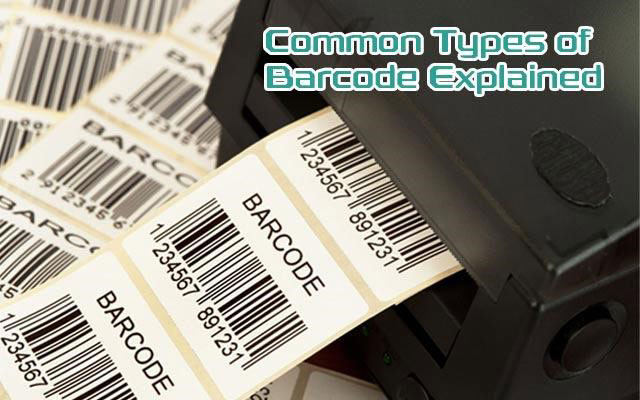
A complete guide on barcode types
What Is A Barcode Called?
A barcode, at its most basic level, is a rectangle or square with a pattern of vertical black lines with variable widths and heights, white space, and numbers.
Each number on a barcode is unique and has a specific meaning.
These numbers are frequently combined, multiplied, and divided using a formula to give them each their own unique identity.
By performing a barcode lookup, you’ll get the information you need about the product.
To figure out the meaning of these numbers, keep reading…
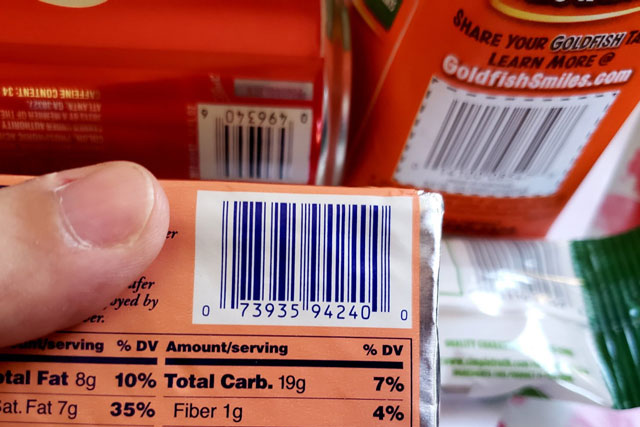
An example of a barcode
Besides, a machine-readable form of information on a scannable, visible surface is what a barcode technically refers to.
They are also frequently called UPC codes.
Computers connected to scanners may read these codes and obtain the relevant product information using the precise placement of the bars, spaces, and digits.
The data is then sent into a database so that it may be recorded and tracked.
Barcodes are now present on various goods, including hospital bands, checked bags, rental cars, and clothing purchased from supermarkets or retail stores.
They each distinguish a thing or a person and encode significant information.
The Invention of A Barcode
To help make product information during checkout procedures much simpler, Norman Joseph Woodland and Bernard Silver invented the barcode in 1948.
The pair's first prototype, which used ultraviolet ink, didn't work out as they had anticipated.
Though their first attempt wasn't totally successful, both kept going.
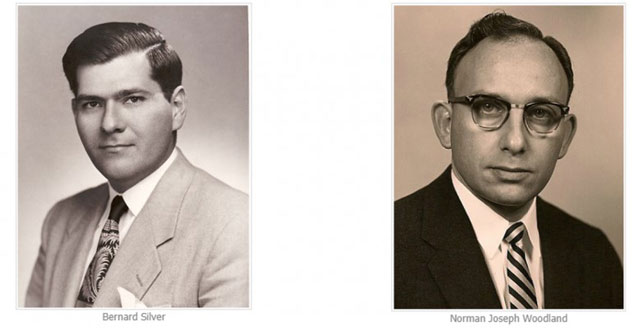
Norman Joseph Woodland and Bernard Silver
They modified a version that used dots and dashes and was based on the Morse code.
An incandescent light bulb would illuminate the barcode pattern, pass through the paper, and then shine light onto a very sensitive light detector to read it.
The barcode's white portions would be visible and detectable because the black lines on the barcode absorb light.
How Do Barcodes Work?
Scanners are used to read one-dimensional barcodes in the modern world.
The barcode is picked up by the scanner after being run across it. It does this by analyzing the bars and spaces in between the bars.
The numbers on a UPC label are only for human use.
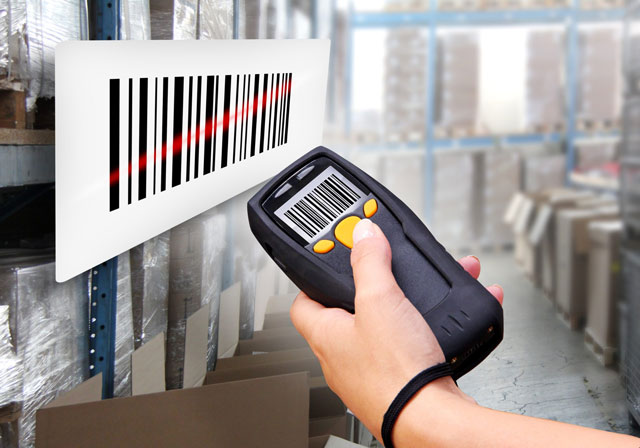
A barcode is read using a scanner
The scanner first detects the bars and then sends the data to a computer (or register).
After that, the computer locates the document linked to that barcode.
The computer records may include details about the cost, the number of goods on offer, and other important facts like special offers or discounts.
What Are The Components of A Barcode?
A barcode includes 3 main components. They are quite zone, start character, and check digit.
Let’s discover what they are!
-
Quiet Zone
A barcode's quiet zone is a blank margin found at each end.
Barcodes must be separated by a minimum of 2.5 mm, measured from the outermost bar of one barcode to the outermost bar of another.
Barcodes are challenging for a scanner to read if a quiet zone is too narrow.
-
Start Character and Stop Character
The data's beginning and end are represented by the characters known as the Start Character and the Stop Character, respectively.
The characters vary based on the type of barcode.
-
Check Digit
The check digit is a digit used to verify the accuracy of the encoded barcode data.
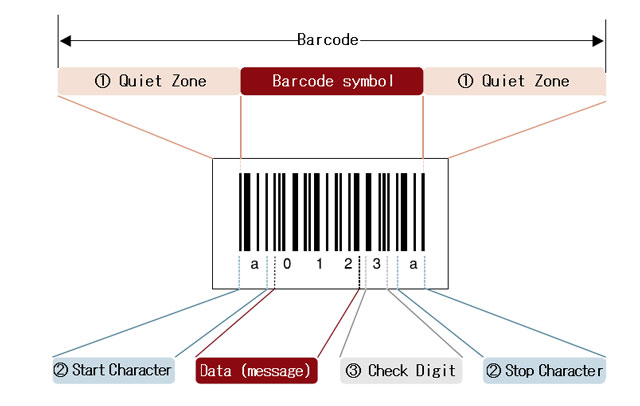
The barcode’s components
What Do The Numbers on A Barcode Mean?
Since there are a lot of barcode types available, which come with different number meanings.
However, a twelve-digit number is typically printed underneath the barcode as a backup in case of issues.
What the numbers indicate is as follows:
| Numbers | Meaning | Note |
|---|---|---|
|
First number |
Product type |
Typically, the product kind is indicated by 0, 1, 6, 7, or 8 |
|
First 5 number |
The manufacturer Code |
A special code in the 5 numbers denotes the product's manufacturer or distributor. |
|
Following 5 numbers on the right |
Product code |
This section of the code is particular to the specific product |
|
Last number |
Check digit |
A barcode's last digit serves as a computer check digit to ensure that the barcode is appropriately formed |
What Are the Most Common Types of Barcodes?
There could be hundreds of distinct barcode configurations because there are so many scanners and barcode printers on the market.
These barcodes can be altered to fit certain requirements and procedures that are utilized by numerous global sectors.
The 5 most popular type of barcodes is listed below, along with essential information.
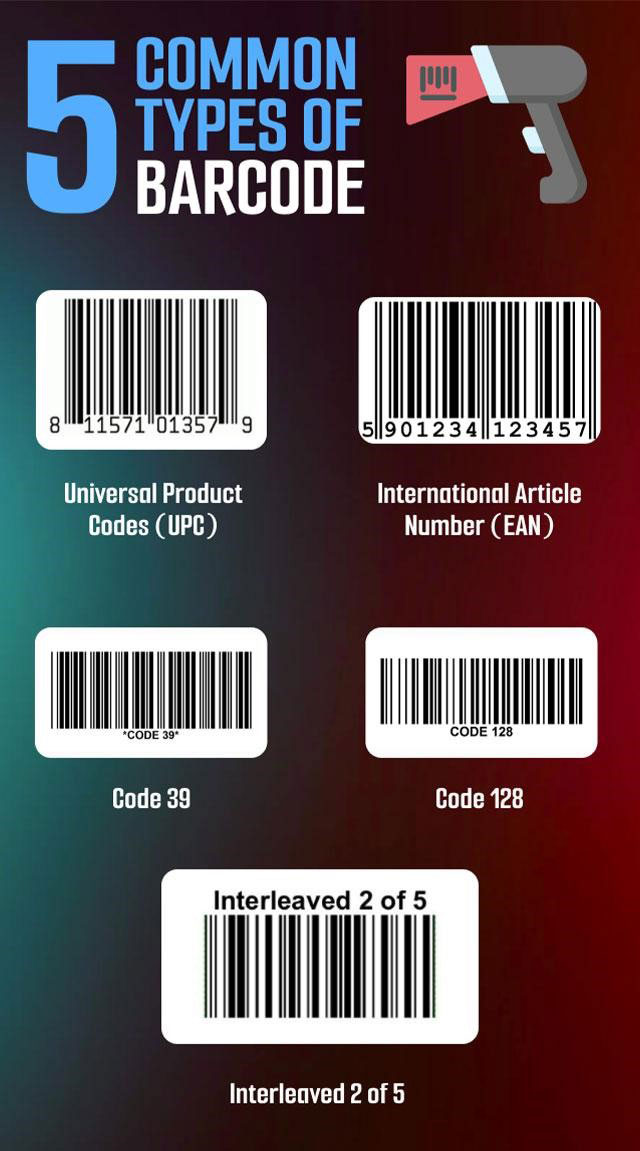
Common barcode types
Universal Product Codes (UPC)
Because of the widespread use of UPC codes in retail environments, it is among the most widely used barcode symbologies and conceivably the most recognizable barcode type among consumers.
These barcodes, which are now present on almost all retail goods, were initially developed for grocery stores to facilitate speedy receipt printing and inventory tracking.
A manufacturer will receive a special company number to pair with each of their specific product numbers after obtaining a UPC number.
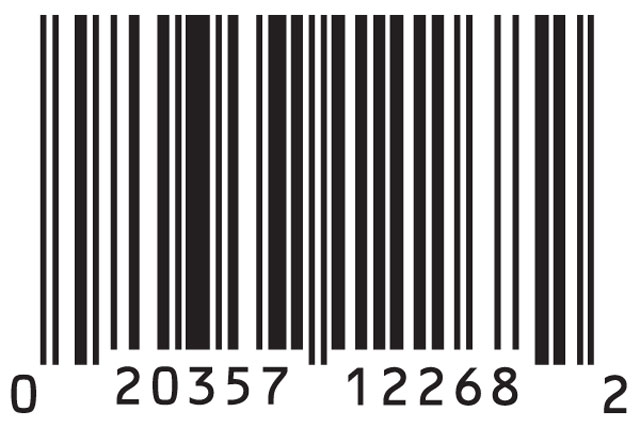
UPC barcode
12-digit UPC codes (UPC-A) include basic data about the identity of the producer and the product identification number.
The position of each digit exposes the kind of information to which those digits relate.
Importantly, there are other simpler UPC-E variants with just 6 digits.
International Article Number (EAN)
EAN codes, which are made for Point-of-Sale (POS) scanning and are used to distinguish consumer goods globally, function similarly to UPC codes.
They are used specifically by bookshops, universities, libraries, and wholesalers for book traceability since they are regarded as a superset of the UPC.
International Standard Book Numbers (ISBNs), which are used to track individual books, are converted into these 13-digit identifiers.
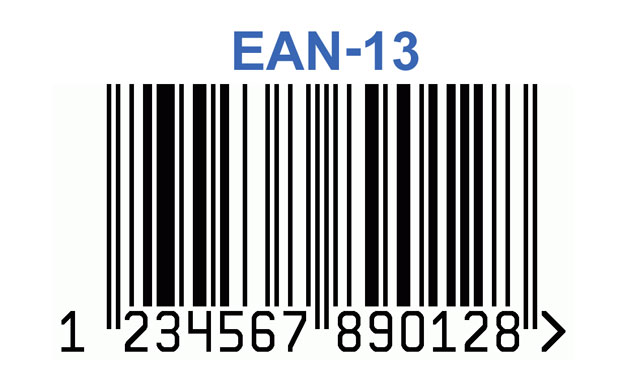
EAN barcode
Further, it's interesting to note that while many retail establishments scan UPC codes for products, scanners usually convert UPC codes to the 13-digit EAN format.
The EAN barcode is available in a number of versions, including EAN-8, EAN-13, JAN-13, ISBN, and ISSN.
Code 39
Code 39 is one of the earliest types of barcode and is a typical symbology used in healthcare, electronics, and government.
It is a lineal, 1D, alphanumeric code that can be any length and can contain all 128 ASCII characters; the only length restriction is the label's size.
Notably, the U.S. Department of Defense has made Code 39 a military standard because it allows for the depiction of alphabetical characters.
The Code 39 barcode is also the simplest alpha-numeric barcode to use since it is built with character self-checking, which does not require check character computations.
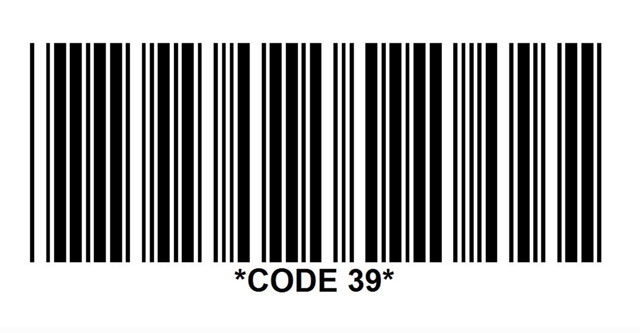
Code 39 barcode
Other names for Code 39 include the 3 of 9 Barcode, Code 3 of 9, and Barcode 39.
In addition, there are a number of standards that specify how Code 39 barcodes should be printed for specific applications.
Code 128
Due to its higher density and wider character set than Code 39, Code 128 is typically chosen in modern applications.
According to MakeBarcode.com, the Code 128 character set consists of the numbers 0 to 9, the letters A to Z (in upper and lower case), as well as all common ASCII symbols and control codes.
The codes are separated into three subsets, A, B, and C.
A specific start code identifies which subset will be used, and there are control characters for changing to a different subset in the middle of a barcode.
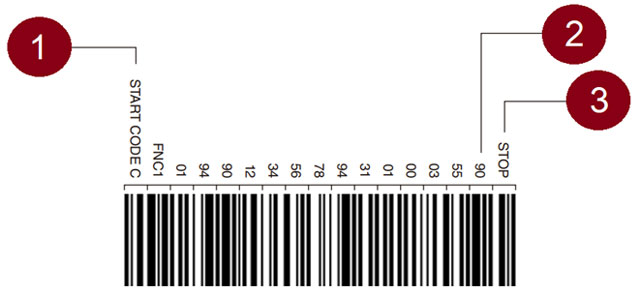
Code 128 barcode
Around the world, applications for this kind of barcode are widely employed in shipping and packaging.
Users can optimize Code 128 for barcode length thanks to its automatic switching configuration.
Interleaved 2 of 5
Code interleaved 2 of 5 is a numeric-only barcode that is frequently used in distribution, manufacturing, and warehouse to encrypt pairs of numbers.
It allows for high-density printing and is specifically used for small labels applied to noble metals and small goods.
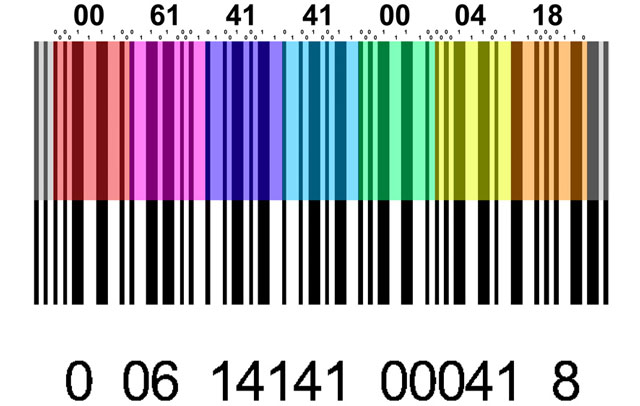
Interleaved 2 of 5 barcode
The Interleaved 2 of 5 barcode encrypts data using both the bar and space width and pairs of every two digits to produce a single symbol.
Spaces are used to encode characters in odd places, while bars are used to encode characters in even positions.
Any even number of numeric characters can be encoded using interleaved 2 of 5 codes.
So we’ve gone through some brief information on the most commonly used barcode types.
Look at this table for an overall understanding of them!
| UPC | EAN | Code 39 | Code 128 | Interleaved 2 of 5 | |
|---|---|---|---|---|---|
|
Symbol |
|
|
|
|
|
|
Character set |
Numeric |
Numeric |
|
Full 128 characters of ASCII |
Numeric |
|
Capacity |
12 Numeric |
13 Numeric |
Unlimited (usually contain 20-23 alpha-numeric characters) |
Unlimited (usually up to 48 Alphanumeric Characters) |
14 Numeric |
|
Industry |
|
Retail |
|
|
|
Why Are Barcodes Used?
Now you know the definition of barcodes, type of barcodes, how they work, etc. But do you wonder why people use them?
Simply said, barcodes are another method of product labeling. The majority of firms now place barcodes on their products in place of price stickers.
Although barcodes were first created to improve the sales and transaction process, they also provide a number of other advantages.
Understand their benefits, you can determine where are QR codes used properly as well as which barcode like static versus dynamic QR code should be applied in your field.
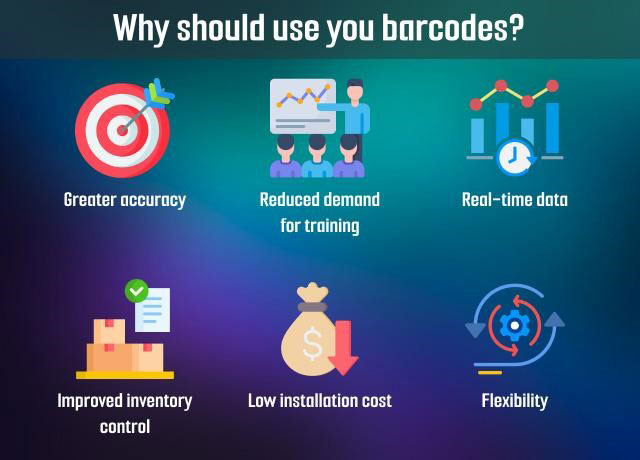
Benefits of using barcodes
-
Greater accuracy
When processing a product's data, a barcode is significantly more precise than a sales associate manually entering that data, which is prone to error.
-
Reduced demand for training
Employees don't require much training to utilize a barcode scanner because it is so simple to use (simply point and click).
-
Real-time data
The speed at which the information is processed allows for the instant availability of information on inventory levels and sales.
-
Improved inventory control
Retailers advantage from quicker cycle counts and more precise inventory turnover estimates thanks to greater accuracy and real-time data.
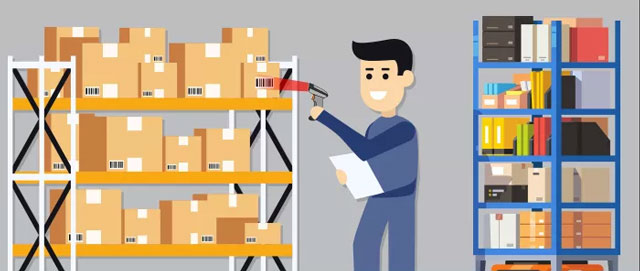
Barcodes provide better inventory management
-
Low installation cost
Barcode generation is rapid and easy, and because transactions are completed more quickly and accurately due to increased inventory and sales data, retailers may estimate savings after deployment.
-
Flexibility
Barcodes allow you to modify pricing whenever you want without having to re-price all of your bottles and boxes.
When some items' supply levels are getting low, you can place an order immediately as well.
Barcoding systems for companies
Barcodes are one of the few technologies that have become so widely used over the past 50 years, and for good reason.
They constitute a significant portion of potential revenue and expenses for many businesses and are a straightforward, efficient, and incredibly dependable method of tracking inventory.
Barcodes should be used and scanned consistently by new firms as well as those that haven't used them before.
Just determine which kind of barcodes best suit your demands. Then, you can use your own barcodes using a barcode generator.
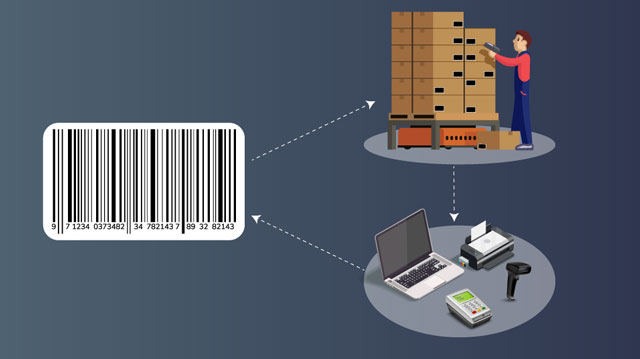
Barcodes are crucial to businesses
Through better inventory control, accuracy, and access to real-time data, it's a cheap investment that yields a quick return.
Indeed, barcodes are crucial in supplying businesses with the visibility they require to manage costs and deliver a superior customer experience.
A universal product code (UPC) is a number that is written on the packaging of retail products to aid in their identification.
A UPC is made up of two components: the 12-digit unique number underneath the machine-readable barcode, which is composed of a series of black bars.
A UPC code is used to identify a product no matter where it was sold. On the other hand, an SKU is an internal product inventory designation that varies from company to company.
The SKU is often seen on a store's specific shelf pricing, meanwhile, the UPC symbol is the barcode label or bar coding on the back of a product.
Although barcodes can provide the country of origin of the manufacturer, they cannot reveal the location of the product's manufacture.
The number of a barcode only identifies the item, the owner of the item, and the GS1 office that issued the number.
Bottom Line
This brings us to the conclusion of our overview of various barcode types. We hope that this post has given you some direction and helped you focus on a few possibilities.
Always bear in mind that there is a barcode that can accommodate your needs and assist you in keeping track of everything you are handling. Therefore, take advantage of the organizational, asset monitoring, and sales advantages that these useful type of barcodes symbols can offer.
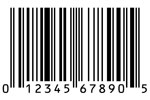
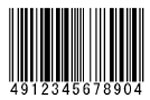
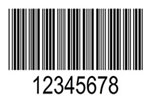
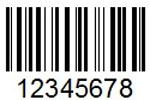
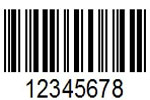
![Barcode Sizes Explained & FAQs: An Ultimate Guide [The Latest]](https://barcodelive.org/filemanager/data-images/imgs/20221031/Barcode-Sizes-Tutorial_1.jpg)
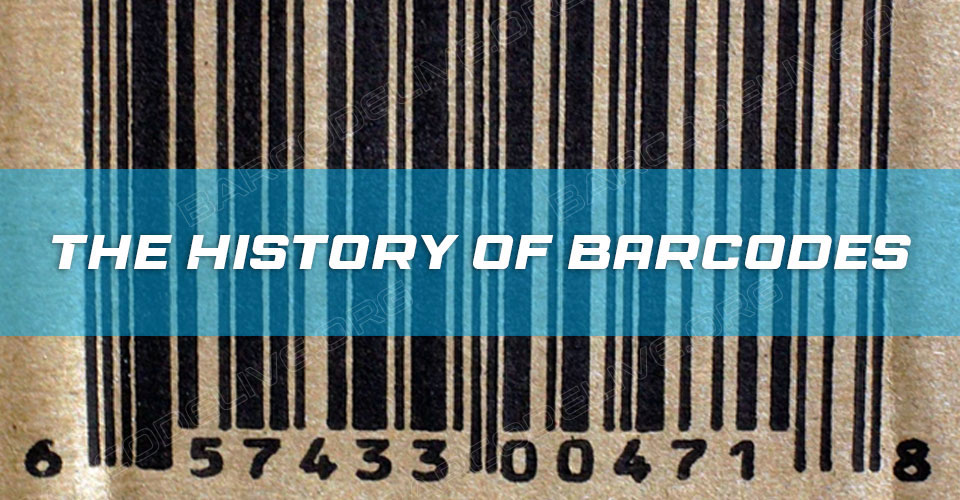
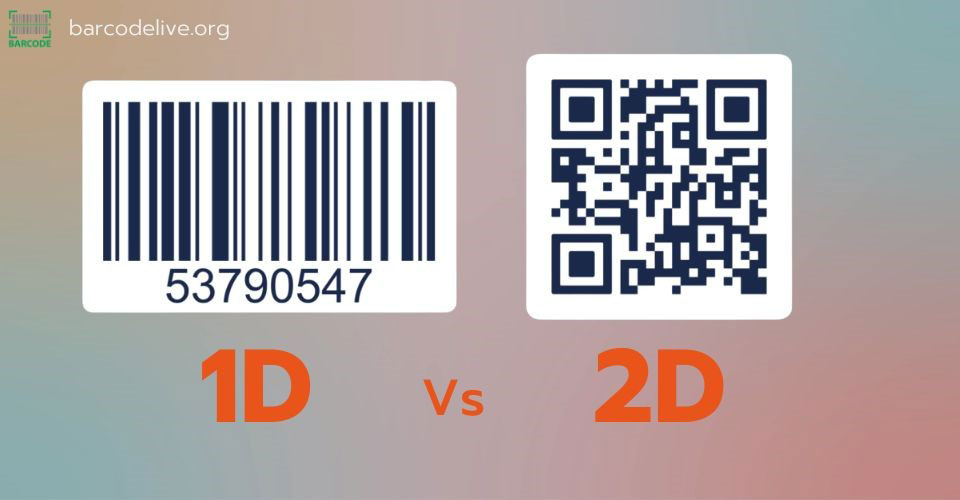
16 Comments
e
e
Leave a Comment
Your email address will not be published. Required fields are marked *tsSLAueP
e
Leave a Comment
Your email address will not be published. Required fields are marked *tsSLAueP
e
Leave a Comment
Your email address will not be published. Required fields are marked *tsSLAueP
e
Leave a Comment
Your email address will not be published. Required fields are marked *tsSLAueP
e
Leave a Comment
Your email address will not be published. Required fields are marked *tsSLAueP
e
Leave a Comment
Your email address will not be published. Required fields are marked *Luis Marcano
Your writings are ALWAYS a Big reference on barcode to me. Thanks
Greetings from Caracas, Venezuela
Leave a Comment
Your email address will not be published. Required fields are marked *Barcodelive
Hi Luis, you’re welcome ????????????
Leave a Comment
Your email address will not be published. Required fields are marked *Millie Taylor
This is epic!
Leave a Comment
Your email address will not be published. Required fields are marked *Barcodelive
Thank you.
Leave a Comment
Your email address will not be published. Required fields are marked *Oscar Brown
What is 12-digit vs 13 digit barcode?
Leave a Comment
Your email address will not be published. Required fields are marked *Barcodelive
Good question. A UPC is a 12-digit barcode used in North America to identify most products. The rest of the world uses 13-digit EAN barcodes to identify products.
Leave a Comment
Your email address will not be published. Required fields are marked *Eva Mitchell
There are so many types of barcodes. I even have never heard about some of them until I read your post
Leave a Comment
Your email address will not be published. Required fields are marked *Barcodelive
Yep. But the most common type of barcode is UPC
Leave a Comment
Your email address will not be published. Required fields are marked *Scarlett Cook
Thank you for this guide. Something I was actually recently looking for. Awesome work!
Leave a Comment
Your email address will not be published. Required fields are marked *Barcodelive
Nice ????????????
Leave a Comment
Your email address will not be published. Required fields are marked *Leave a Comment
Your email address will not be published. Required fields are marked *